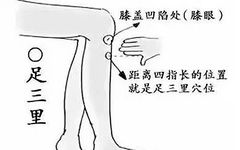

Basic Knowledge
Traditional Chinese Medicine (TCM) holds that:
1. Ma (Numbness): Indicates that Qi can flow, but blood cannot.
2. Mu (Wood): Severe numbness indicates that both Qi and blood cannot flow.
3. Suan (Sour): Indicates that the meridians are open, but there is insufficient Qi and blood.
4. Zhang (Distension): Indicates abundant Qi; individuals with this constitution tend to be irritable, and if Qi cannot flow, it leads to distension.
5. Tong (Pain): Simple pain is due to blood stasis.
6. Yang (Itching): Indicates that Qi and blood are flowing; itching occurs during wound healing, which is different from generalized itching.
 Functions of 10 Important Acupuncture Points
Functions of 10 Important Acupuncture Points
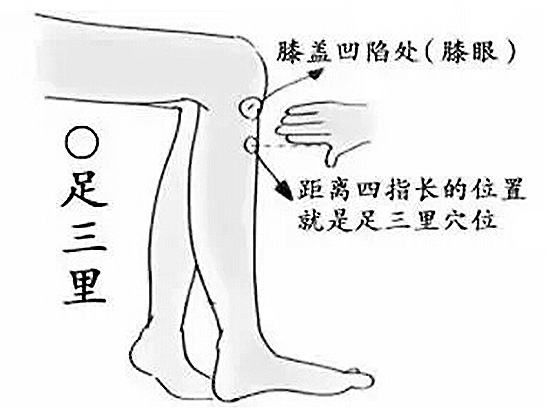
1. Zu San Li (Stomach 36)
Function:
1. Strengthens the spleen and stomach, boosts the body’s vitality;
2. Promotes metabolism and strengthens the body;
3. Enhances endocrine function and boosts immunity.
Stimulation of Zu San Li has preventive and therapeutic effects on diseases of the digestive system, nervous system, blood system, circulatory system, endocrine system, urinary system, and reproductive system, especially for digestive system diseases, where its effects are particularly pronounced.
Indications:
Gastritis, chronic gastritis, gastric ulcers, gastroptosis, gastric spasms, indigestion, hepatitis; neurasthenia, epilepsy, insomnia, headaches, anemia, hemiplegia, hypertension, hypotension, arteriosclerosis; coronary heart disease; diabetes, enuresis; impotence, premature ejaculation, nocturnal emissions, irregular menstruation, excessive menstruation; colds; knee arthritis, lower limb arthritis, etc.
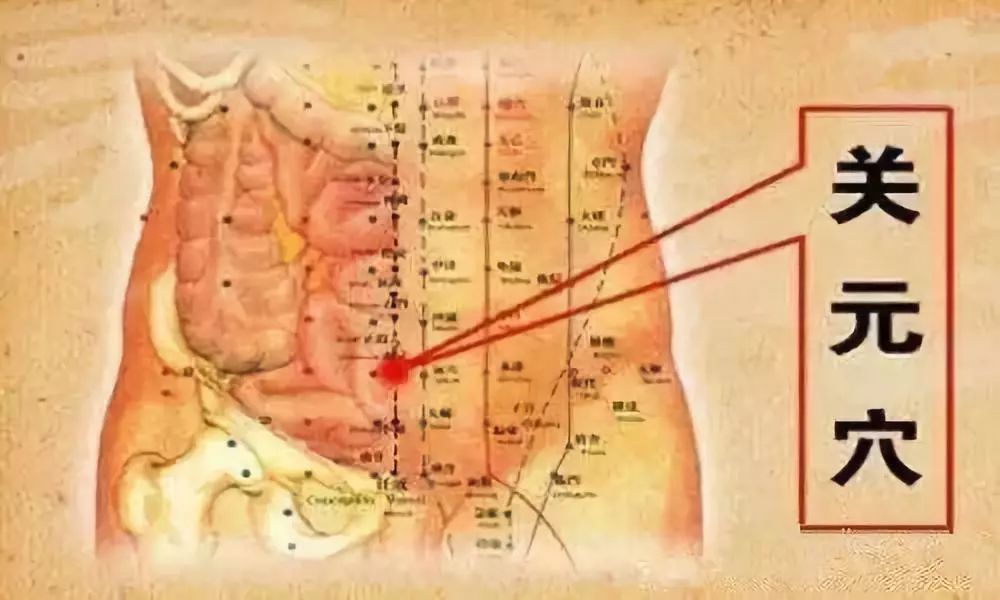
2. Guan Yuan (Conception Vessel 4)
Function:
1. Nourishes the root and stabilizes the source.
2. Tonifies the kidneys and strengthens Yang, regulates menstruation, clears heat and resolves dampness; this point is effective for nourishing the kidneys, stabilizing the essence, and regulating Qi. It is the place where men store essence and women store blood.
3. Tonifies deficiency and stabilizes the foundation. This point can enhance reproductive system function, boost immunity, prevent aging, and treat various deficiencies.
Indications:
Impotence, premature ejaculation, nocturnal emissions, irregular menstruation, cervical erosion, uterine prolapse, pelvic inflammatory disease, infertility, enuresis, urinary retention, urinary incontinence, cystitis, nephritis, urethritis, damp eczema; dysentery, hernia, prolapse, hypertension, diabetes; forgetfulness, neurasthenia; collapse, physical weakness.
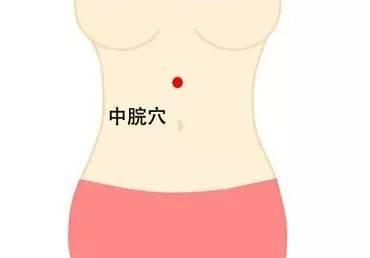
3. Zhong Wan (Conception Vessel 12)
Function:
1. Regulates the spleen and stomach;
2. Reduces counterflow and resolves stagnation. This point has the effects of regulating the stomach, tonifying deficiency, benefiting Qi, transforming dampness, and stopping vomiting.
Indications:
Gastric spasms, gastric ulcers, gastroptosis, gastric distension, indigestion, vomiting, halitosis, enteritis, duodenal ulcers, dysentery, appendicitis, constipation, hepatitis, cholecystitis, jaundice, hypertension, angina pectoris, heat stroke, epilepsy, hysteria, neurasthenia, insomnia, cough, asthma, hematemesis, uterine prolapse, irregular menstruation. This point is particularly important for treating digestive system diseases, especially various gastric disorders.
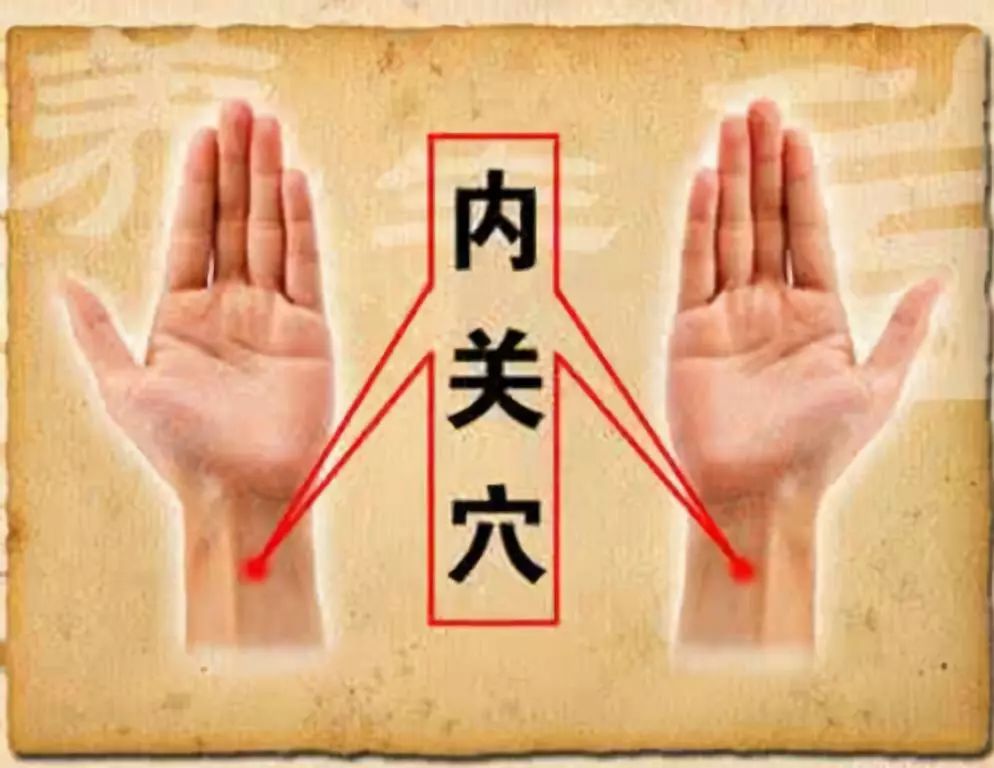
4. Nei Guan (Pericardium 6)
Function:
1. Regulates Qi and invigorates blood;
2. Calms the mind and stabilizes the spirit.
Indications:
Angina pectoris, myocarditis, rheumatic heart disease, bradycardia, arrhythmia; shock, coma, syncope, motion sickness, insomnia, hysteria, epilepsy, mental illness; gastric diseases, gastric spasms, vomiting, hiccups; diaphragm spasms, pregnancy sickness, hypotension, absence of pulse, etc. This point is particularly effective for various heart diseases and mental disorders.
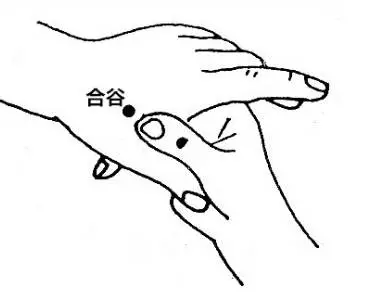
5. He Gu (Large Intestine 4)
Function:
1. Clears heat and releases the exterior;
2. Relaxes the muscles and dispels wind, promotes gastrointestinal function. Its primary function is to clear heat and relieve pain.
Indications:
Colds, cough, headaches, trigeminal neuralgia, facial nerve paralysis, epilepsy, schizophrenia; enteritis, dysentery, hemorrhoids, pediatric prolapse, toothache, rhinitis, epistaxis; tonsillitis, conjunctivitis, deafness, acute shoulder rheumatism, finger spasms, difficult labor, measles, excessive sweating, aphasia, etc. It is particularly effective for headaches caused by colds.
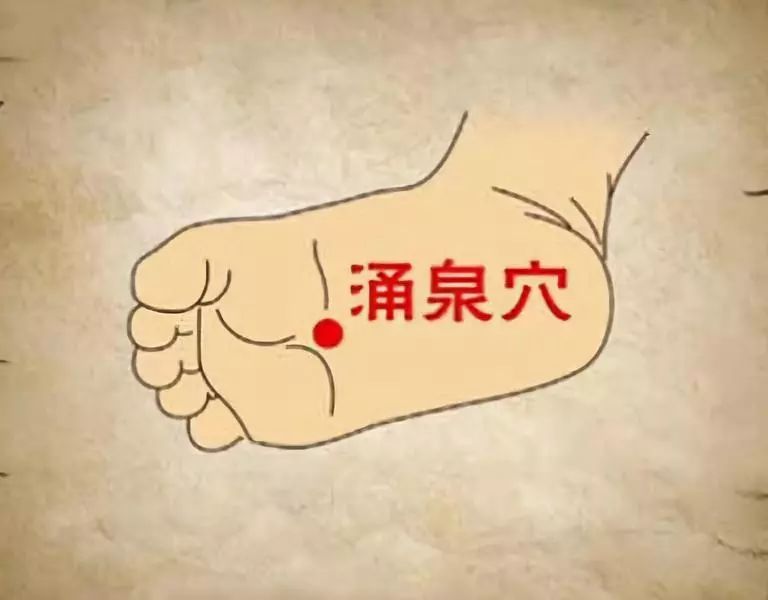
6. Yong Quan (Kidney 1)
Function:
1. Clears the mind and awakens the spirit;
2. Calms the mind and stabilizes the spirit;
3. Clears heat and disperses wind.
Regular cupping on this point can guide the kidney’s empty fire and the turbid Qi of the upper jiao downward, and has the effects of soothing the liver, brightening the eyes, and calming the throat and heart. It can lower blood pressure and promote local blood circulation, helping to prevent age-related numbness and edema.
Indications:
Shock, coma, dizziness, heat stroke, forgetfulness, headaches, trigeminal neuralgia; epilepsy, hysteria, mental illness, pediatric convulsions; cerebral hemorrhage, functional paralysis, functional aphasia, facial spasms, hypertension, angina pectoris, myocarditis, tonsillitis, pharyngitis, cough, epistaxis, jaundice, stomach pain, edema, impotence, low back pain, knee pain, chest pain, vision loss, measles, hernia, etc.
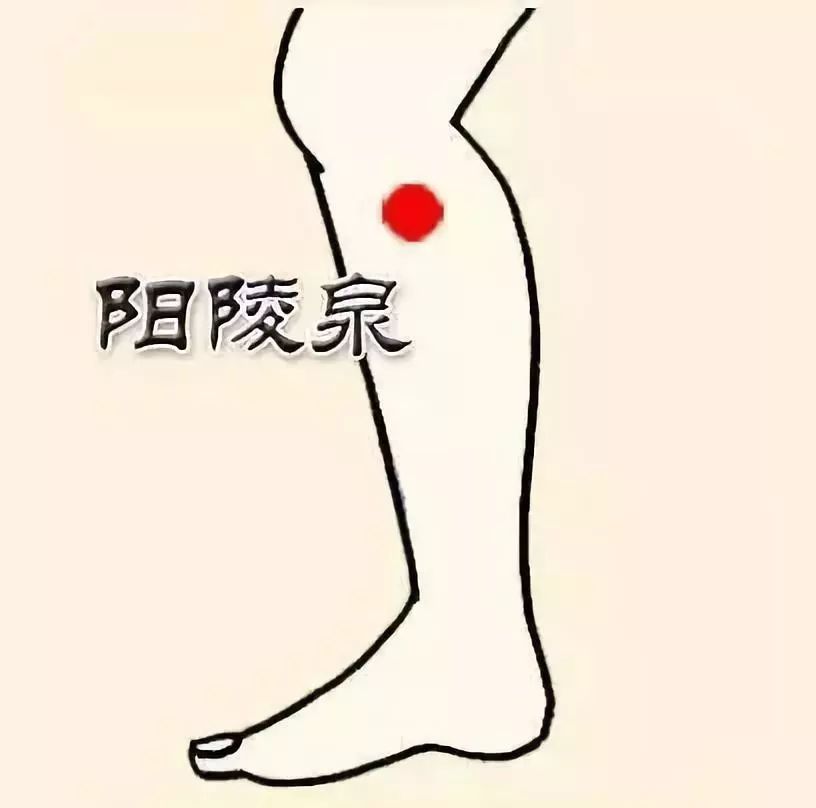
7. Yang Ling Quan (Gallbladder 34)
Function:
1. Opens the meridians and invigorates the collaterals;
2. Smooths the channels and benefits the joints;
3. Clears heat and benefits the gallbladder.
Indications:
Diseases of the lower limbs and lower back, such as knee arthritis, ankle arthritis, sciatica, peroneal nerve paralysis, phlebitis, rheumatoid arthritis, low back pain, etc. It is also a key point for treating liver and gallbladder diseases, with good effects on hepatitis, cholecystitis, and jaundice. Additionally, it has therapeutic effects on hypertension, epilepsy, enuresis, and athlete’s foot.
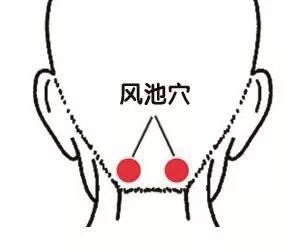
8. Feng Chi (Gallbladder 20)
Function:
1. Clears the heart and brightens the eyes;
2. Clears heat and disperses wind;
3. Opens the orifices and invigorates the collaterals.
Indications:
Cerebral thrombosis, concussion, meningitis, forgetfulness, epilepsy, mental illness, unilateral and bilateral headaches, insomnia, dizziness, hyperthyroidism, stiff neck, glaucoma, night blindness, optic neuritis, retinitis, rhinitis, pharyngitis, hypertension, tinnitus, malaria, deafness, etc.
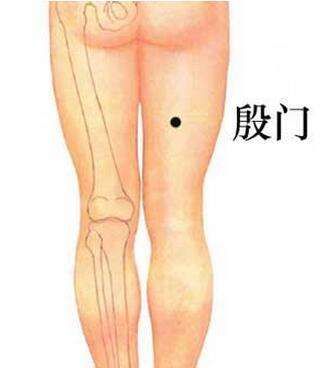
9. Yin Men (Kidney 10)
Function:
1. Opens the meridians and invigorates the collaterals;
2. Smooths the tendons and channels.
Indications:
Low back pain, sciatica, herniated disc, lower limb muscular rheumatism, paralysis.
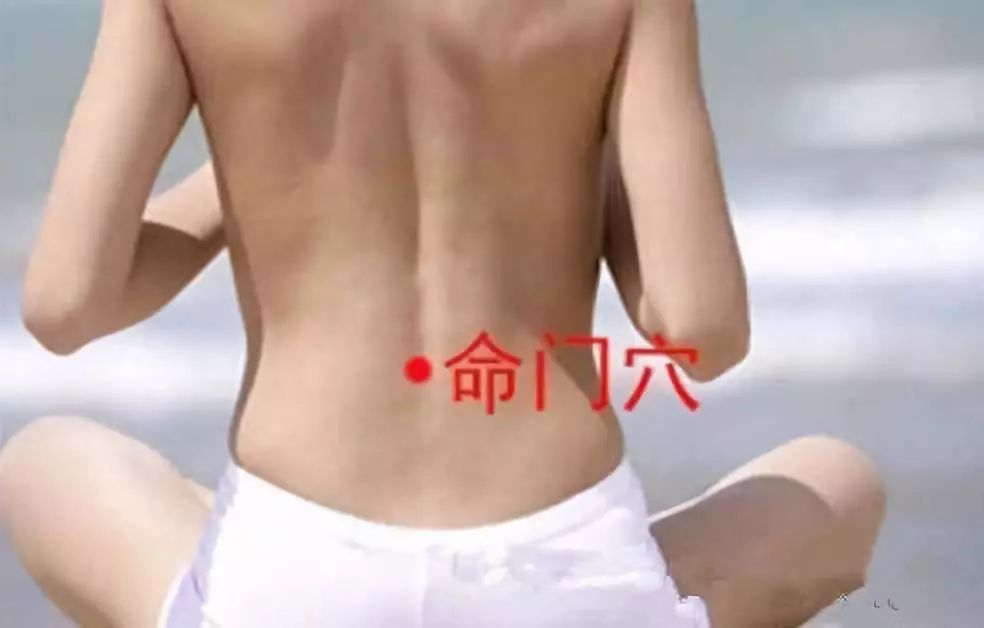
10. Ming Men (Kidney 4)
Function:
1. Nourishes the kidneys and regulates menstruation;
2. Regulates the intestines and stabilizes prolapse.
Indications:
Nocturnal emissions, impotence, irregular menstruation, dysmenorrhea, enuresis, low back pain, headaches, tinnitus, hemorrhoids, constipation.

Honor Roll
| Director Qin Xudong and the hospital’s honors |
Famous Tumor Doctors
| Director Qin Xudong | Director Wang Enmei | Director Li Hui | Director Hao Hongli |
Eight Major Therapies
| Qin’s Diaphragm Therapy (esophageal cancer, cardia cancer, gastric cancer, etc.) | Clearing Stasis and Protecting the Lungs Therapy (lung cancer, etc.) |
| Unblocking Blood Stasis Therapy (liver cancer, etc.) | Invigorating Blood and Dispelling Masses Therapy (bile duct cancer, pancreatic cancer) |
| Clearing Nutrients and Cooling Blood Therapy (brain tumors, etc.) | Softening Hardness and Unblocking Collaterals Therapy (breast cancer, etc.) |
| Clearing Dampness and Detoxifying Therapy (kidney cancer, etc.) | Boosting Qi and Supporting the Right Therapy (leukemia, bone cancer, etc.) |
| Esophageal cancer patient successfully eating | “Xiao Xi Office” report |
| Lung cancer brain metastasis patient video | Cervical cancer recovery patient video |
| Seventy-year-old bladder cancer recovery patient | Liver cancer recovery patient |
| Rectal cancer liver metastasis patient | Malignant lymphoma recovery patient |

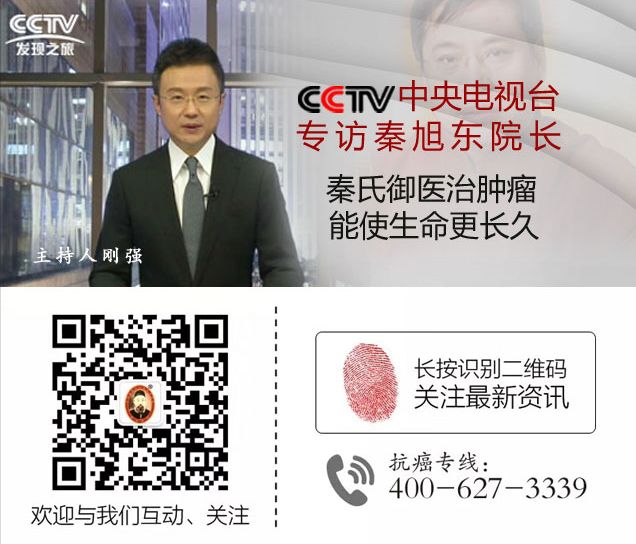
Contact Us
[Disclaimer: If there are any text or image copyright issues, please contact us via email for removal]

